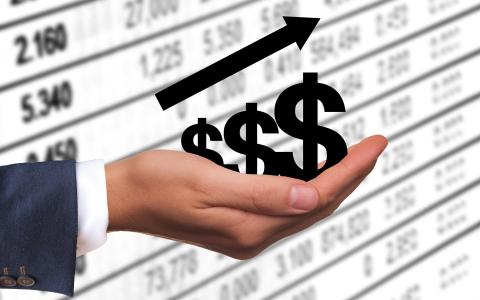
(Bloomberg) - Former Treasury Secretary Lawrence Summers criticized the Federal Reserve for continuing to signal that it’s prepared to lower interest rates in coming months, despite a strong economy that’s giving off projections of still-too-high inflation.
“My sense is still that the Fed is itchy fingers to start cutting rates and I don’t fully get it,” Summers said on Bloomberg Television’s Wall Street Week with David Westin. Given how the economy and financial markets are performing, “I don’t know why we’re in such a hurry to be talking about moving towards the accelerator,” he said.
Summers spoke a day after policymakers updated their forecasts for the central bank’s benchmark interest rate, with the median estimate continuing to show three reductions for this year. Fed Chair Jerome Powell said while “we don’t want to be dismissive” of the faster-than-expected inflation readings for January and February, they “haven’t really changed the overall story” of price pressures gradually diminishing.
A key issue remains that the Fed’s estimate of the neutral policy rate — the setting where it’s neither stoking or slowing the economy — is too low, said Summers, a Harvard University professor and paid contributor to Bloomberg TV. That distortion means that policymakers believe their current setting is more restrictive than it really is, he said.
“If you don’t know what’s neutral, you don’t know how expansionary or restrictive you’re being,” Summers said.
While the median forecast for the benchmark rate over the long run, released Wednesday, bumped up to 2.6% from 2.5%, Summers reiterated that the true figure is likelier to be at least 4%. That compares with the Fed’s current target range of 5.25% to 5.5%.
“I’m not sure how restrictive monetary policy really is, and the proof’s really in the pudding,” Summers said. As the Fed began hiking rates two years ago, “monetary policy has by now had a very long time” to work, and yet “the economy keeps surprising on the high side,” he said.
The unemployment rate is “if anything below” what the Fed considers to be a full-employment level, he said. Policymakers’ long-run forecast for the jobless rate is 4.1%. The reading in February was 3.9%.
Meantime, policymakers are expecting inflation to exceed the Fed’s 2% target this year and next, the former Treasury chief highlighted. Economic growth is also surpassing the country’s longer-term potential, and financial conditions are “at a very loose level,” Summers said. “Credit spreads are flashing green and loose.”
By Christopher Anstey



